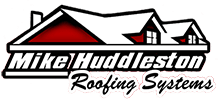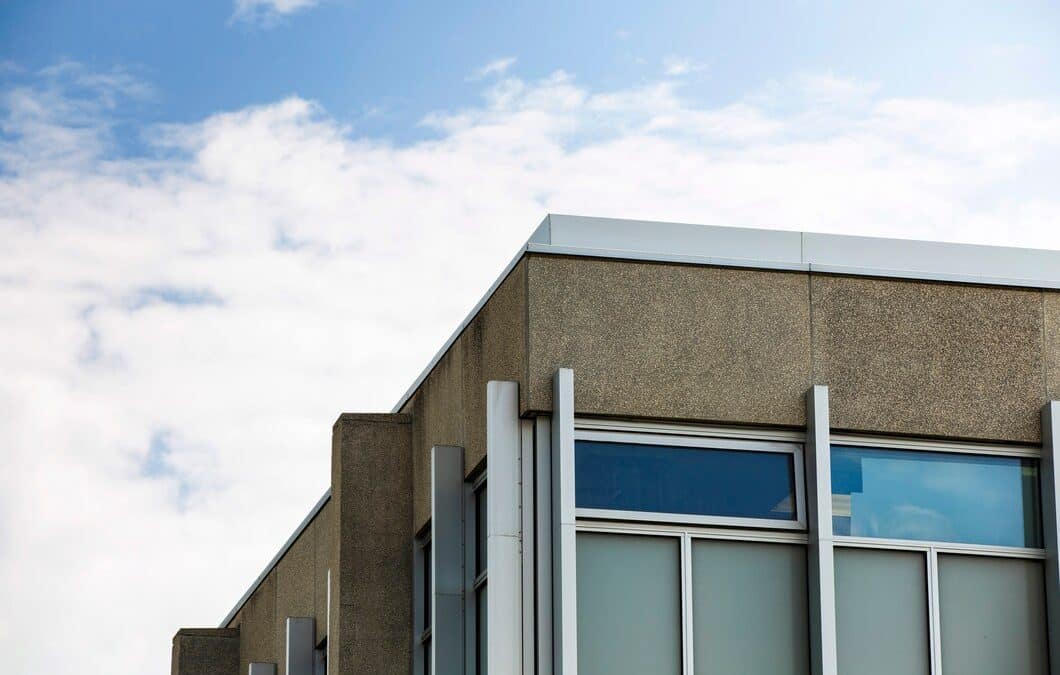Storm-proofing your commercial roof is essential for protecting your building from severe weather damage. Strong winds, heavy rain, and hail can all pose significant risks to the integrity of your roof. Preparing your roof properly can prevent costly repairs and ensure the safety of your property.
Understanding the potential threats your commercial roof faces during a storm is the first step to effective storm-proofing. Be aware of the specific weather conditions that are most likely to impact your area. By identifying these risks, you can take targeted actions to reinforce your roof and minimize damage.
Preparing and reinforcing your commercial roof requires a combination of strategic planning and regular maintenance. Taking proactive measures can make a significant difference in how well your roof withstands severe weather. Knowing what steps to take before, during, and after a storm will help keep your roof in top condition and protect your investment.
Understanding the Risks of Storm Damage to Commercial Roofs
Storms can cause various types of damage to commercial roofs, from minor issues to major structural problems. High winds are one of the primary threats, capable of lifting shingles, tiles, or metal panels. If wind penetrates underneath roofing materials, it can lead to extensive damage, including roof deck exposure and water infiltration.
Heavy rain is another significant risk. Excessive rainfall can overwhelm roof drainage systems, leading to water pooling on the roof surface. This can cause leaks, which may damage the interior of your building and lead to costly repairs. Additionally, standing water can add extra weight, compromising the structural integrity of the roof.
Hail is another concern for commercial roofs. Hailstones can puncture roofing materials, create dents, and weaken the protective surface. These impacts can reduce the lifespan of your roof and necessitate frequent repairs or even premature replacement.
Understanding these risks allows us to take proactive measures to protect our roofs against storm damage. By recognizing the potential threats, we can better prepare and reinforce our commercial roofs to withstand severe weather conditions effectively.
Essential Preparations for Storm-Proofing Your Roof
Preparing your commercial roof for storms involves several key steps. First, conduct a thorough roof inspection to identify any existing issues. Look for loose, damaged, or missing shingles, tiles, or panels. Address any problems immediately to ensure the roof is in good condition before a storm hits. Hiring a professional for a detailed inspection can provide an accurate assessment.
Next, clear your roof and gutters of any debris. Leaves, twigs, and other materials can obstruct drainage systems, leading to water pooling during heavy rainfall. Ensure that gutters and downspouts are clean and free-flowing to prevent water buildup.
Secure any loose objects or equipment on your roof. Strong winds can turn these into projectiles, causing further damage to the roof and building. Properly fasten antennas, HVAC units, and other rooftop installations to keep them in place during a storm.
Consider installing additional drainage solutions, such as splash guards or scuppers, to help manage excessive water flow. Reinforce flashing around roof openings, vents, and chimneys to reduce the risk of water penetration.
Finally, review emergency plans and ensure that all employees know the procedures for severe weather events. Having a clear plan in place can help minimize damage and ensure the safety of everyone in the building.
Taking these essential preparation steps fortifies your commercial roof against the destructive forces of storms, helping to maintain its integrity and protect your property.
Effective Tips for Strengthening Your Commercial Roof
Strengthening your commercial roof is key to minimizing storm damage. One way to fortify your roof is by upgrading to impact-resistant materials. Impact-resistant shingles or metal panels can better withstand the force of hail and debris. These materials provide added durability and help extend the roof’s lifespan.
Regular maintenance is vital for a strong roof. Schedule periodic inspections to identify and repair any vulnerabilities. Addressing small issues, like tiny cracks or loose shingles, prevents them from becoming bigger problems during a storm. Keeping your roof in good shape makes it more capable of handling severe weather.
Reinforce roof edges and corners where wind damage is most likely to occur. Adding additional fasteners or adhesive can help keep these areas secure during high winds. This reinforcement helps prevent wind from lifting the roofing material and causing extensive damage.
Another effective tip is to install a secondary water barrier. This underlayment provides an extra layer of protection against water infiltration if the top layer gets damaged. It helps keep the interior of your building dry and minimizes the risk of water damage.
Tree trimming around your building can also protect your roof. Overhanging branches can break off during a storm and cause significant damage. Regularly trimming trees around your property prevents this risk and keeps your roof safe.
Taking these steps ensures that your commercial roof remains strong and resilient against storm damage, protecting your property from costly repairs.
Post-Storm Inspection and Maintenance
After a storm passes, it’s essential to inspect and maintain your commercial roof to address any potential damage. Start with a visual inspection from the ground. Look for obvious signs of damage, such as missing shingles, dislodged panels, or debris accumulation.
Next, conduct a closer inspection if it is safe to do so. Check for leaks, water stains, or any structural damage. Pay particular attention to areas around vents, chimneys, and skylights, as these are common spots for leaks. Hiring a professional for this inspection can ensure a thorough evaluation.
Clean off any debris that may have accumulated on the roof during the storm. Remove branches, leaves, and other materials to prevent them from obstructing drainage systems. Proper cleaning helps ensure that gutters and downspouts function correctly.
Address any damage promptly. Whether it’s minor repairs like fixing shingles or significant issues like repairing structural damage, tackling these problems immediately helps prevent further deterioration. Delaying repairs can lead to more severe damage and higher costs in the future.
Document any storm damage for insurance purposes. Take clear photos and detailed notes to support any claims you may need to file. Proper documentation helps expedite the insurance process and ensures that you receive appropriate compensation for repairs.
Following these post-storm inspection and maintenance steps helps keep your commercial roof in optimal condition and ready for future weather challenges.
Final Thoughts
Storm-proofing your commercial roof is a proactive measure to safeguard your property from severe weather damage. Understanding the risks, preparing adequately, strengthening your roof, and conducting thorough post-storm inspections are all crucial steps in this process. These efforts not only protect your roof but also ensure the safety and longevity of your building.
Taking the time to fortify your commercial roof can save you from costly repairs and business interruptions. Strong winds, heavy rain, and hail pose significant threats, but with proper preparation and maintenance, you can minimize these risks.
At Mike Huddleston Roofing Systems, we specialize in helping businesses protect their properties with expert roofing solutions. Our team provides comprehensive inspections, repairs, and storm-proofing services to keep your roof in top condition. Contact us today to learn more about how we can help you storm-proof your commercial roof and ensure the safety of your property.

